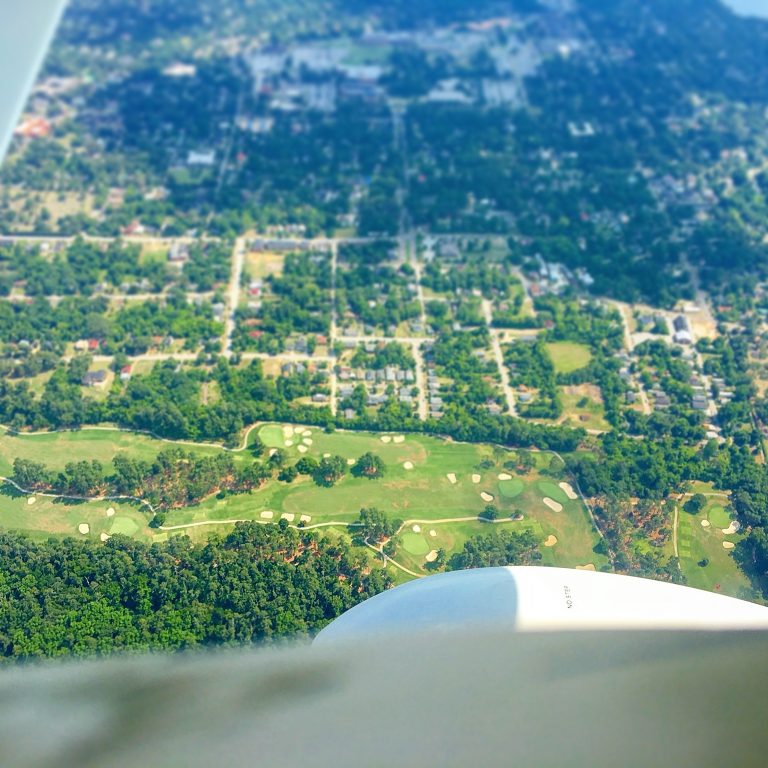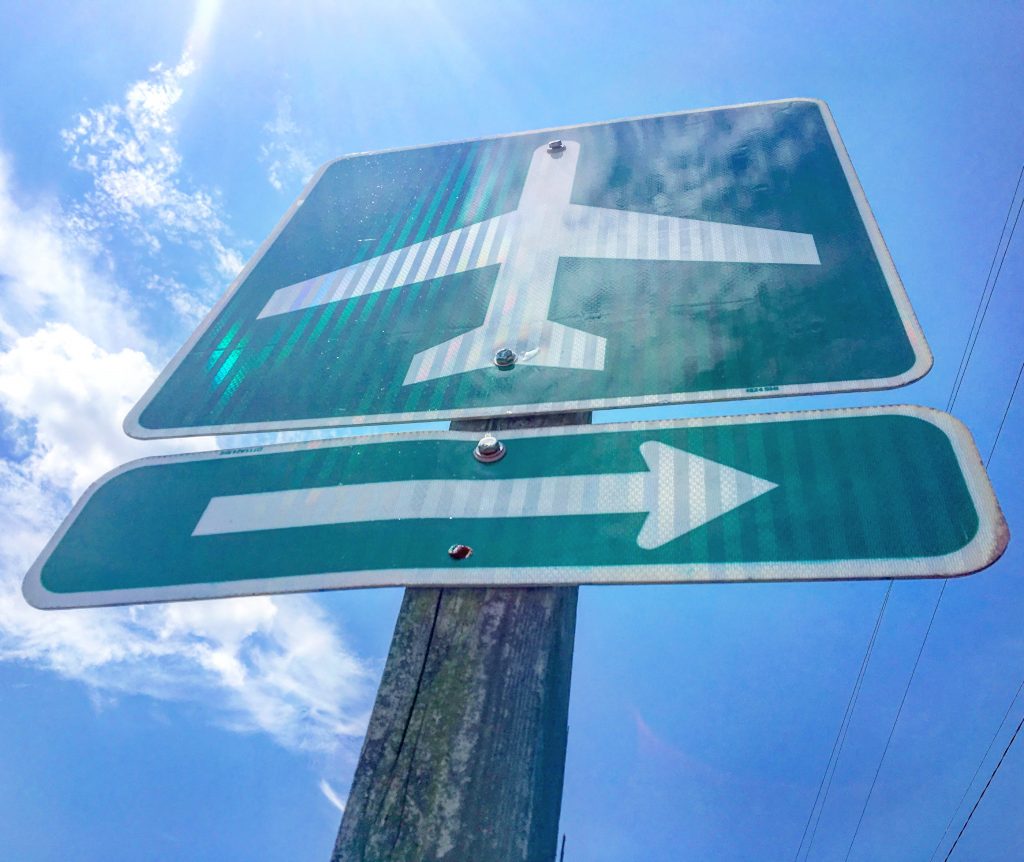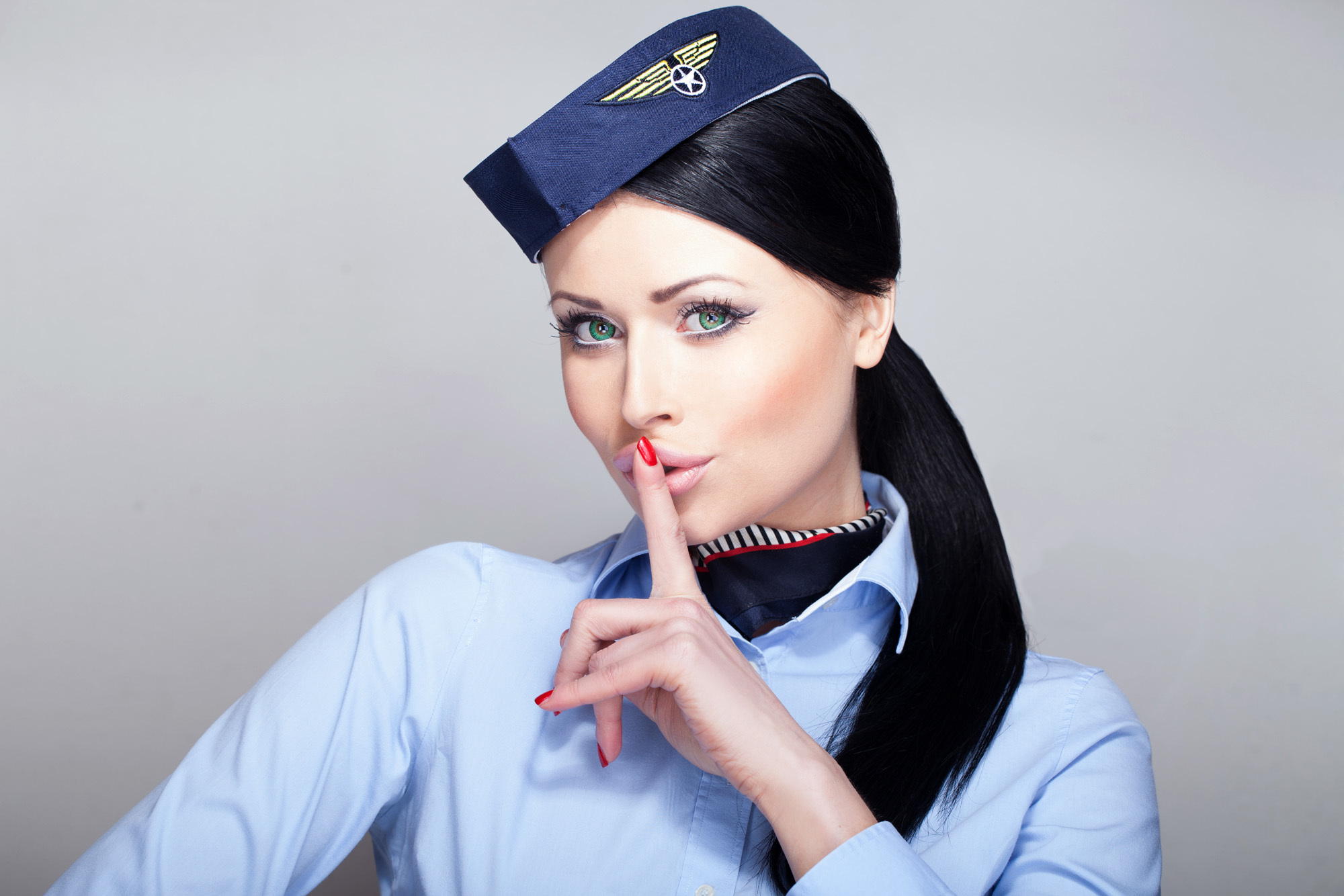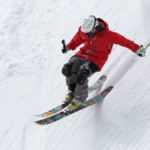 Having functioned as both an airplane pilot and a drone pilot, I’ve gained some takeaways from both sides that help dovetail the airspace use a little better. Whether you embrace these additions to the sky or not, let’s look at some of the ways that drone flight can affect you as an airplane pilot.
Having functioned as both an airplane pilot and a drone pilot, I’ve gained some takeaways from both sides that help dovetail the airspace use a little better. Whether you embrace these additions to the sky or not, let’s look at some of the ways that drone flight can affect you as an airplane pilot.
Maximum Altitude
The highest a drone can be legally flown is 400 feet above the ground. For a drone, 400 feet is WAY up there. If I were flying a hobby drone that high, I would feel like I lost it. It takes equipment like my Phantom 4 with a good bit of automation to confidently fly near that height because of the first person view camera and GPS stabilization. Plus, the same automation that lets me fly that high also automatically stops gaining altitude at 400 feet and gives an audible “maximum flight altitude reached” warning. Given that the minimum safe Visual Flight Rules altitude in an airplane is 500 feet AGL over sparsely populated areas, this should allow a good 100 foot buffer from any planes flying low and drones flying high. My takeaway as an airplane pilot is that I should have a 100 foot buffer over most areas. In an unpopulated area, however, I can fly low to the ground as long as I don’t get closer than 500 feet from any person, structure or vessel. This puts me in the shared space with drones and I might not be able to see the drone or the operator. Although they are required to bring their drone down if they hear or see an airplane, I should practice extra diligence.

This shot over the Augusta National Golf Course was taken from somewhere near 500 feet. Any drones flying at their max altitude should still be 100 feet below.
Obstructions
That 400 foot rule changes a little around an obstruction such as a tower or a building. A drone may legally fly up to 400 feet above the height of an obstruction when it is within 400 feet laterally of it. It should go without saying that there are certain obstructions a drone cannot legally get near, such as crowded stadiums or nuclear plants, but then neither should an airplane pilot. I expect to see a lot more drones being used to inspect the tops of towers for light outages or damage, and being used in general where it is more dangerous for humans to go. As an airplane pilot, I like to steer well clear of obstructions as it is, but my takeaway here is to visualize a cylinder around any obstruction with a 400 foot radius that extends 400 feet above it. That cylinder is the area that drones can fly. Stay out of that cylinder.

Towers like these traditionally have humans climb them to service them, but many companies are employing drones to inspect them.
Airport Contact
As an airplane pilot, you are most often near the ground when taking off and landing. Except for you backwoods bush pilots, this is usually happening at an airport. For this reason, a drone operator must notify the airport before it flies within five miles of it. The airport operator has the right to deny the request if they feel the safety of airplanes nearby would be compromised. My takeaway as an airplane pilot is that while I have a layer of confidence that the airport will manage any potentially unsafe drone flights, it doesn’t guarantee I’ll know about it even when I’m in communication with the control tower or Common Traffic Advisory Frequency. The pulse I’ve gained is that the airport operators aren’t likely to allow any drones to fly in a known arrival or departure flight path.

UAV notams
Expect to see Notices to Airmen (NOTAMS) regarding areas of drone activity if you haven’t already. I consistently see a NOTAM for Peachtree Dekalb Airport (KPDK) for the surface to 200 feet AGL with a radius of 5 miles from the airport. Commercial drone operators are currently required to call and submit the information for a NOTAM 24-48 hours before their flight. This, of course, doesn’t include any recreational drone flying or the rogue drones that break airspace rules, but it’s where the system is currently. Drone operations that occur within the five mile radius of an airport will be referenced in the NOTAM as an area centered on the airport, but if the flight includes areas outside of that five mile airport radius, the NOTAM will be referenced from a particular VOR radial.
The What If
I know, for every scenario I’ve posed, you’ve thought, “yeah, but what if”- and you aren’t alone in thinking that. What if somebody flies a drone above 400 feet? What if they don’t notify the airport? I have a hunch that professional drone operators are more likely to be in compliance with the rules than somebody who thinks it’s a fun toy and flies it right out of the box without any regards to the rules. Then again, there will likely be less large, expensive, high flying drones being used recreationally. Rules will be broken, but my hope is that the drones that stray from their intended zones will tend to be accidental in nature. There is a well known landmark near the Milledgeville Airport (KMLJ) near where I live. The 1001 foot smokestack of a coal plant was just taken down. The demolition was filmed by all sorts of people. It was quite a spectacle. I should have brought some hot dogs and cokes to sell – I would have made a fortune. Among those filming were several drones. According to my good friend who is a flight instructor at the airport, only one of those drone operators contacted the airport about flying the event. The takeaway as an airplane pilot is to expect a drone like I might expect a bird. Know the zones they can fly in but don’t be surprised when some otherwise upstanding citizen will act irresponsibly and fly a rogue path with a drone.

Of the many different uses for drones, it is my opinion that the vast majority will not be flirting with airspace that airplanes realistically use. Kids with hobby drones flying well below the tree lines and racing drones that don�t need to get very high probably take a good chunk of the projected numbers. Birds do a lot of hanging out on power lines, in trees and on the ground. Sometimes they are up in the same regions we pilots fly and we have to manage that. I think of the drones the same way I do birds. Most will stay where it is legal and safe, but for those who wander out of their lane, we have to keep our eyes sharp and know what to look for. Now if we could just get these same rules apply to the birds…
Airline Secrets Revealed
It doesn’t matter if being up in the air feels like a second home to you and you’re practically an honorary pilot at this point for how much you jet set — there’s a lot you probably never knew about your commercial flying experience.
1 You’re probably flying with dead bodies.
Airlines need to make money however they can, and that includes taking on additional cargo like corpses and body parts. Ever wonder how donated kidneys make it from St. Louis to Dallas, or a body is flown from one city to another? Now you do.
—>2 You should never, ever drink the coffee or tea.
Your commercial flight has only three possible ways of getting the water for that fresh brew: bottled (too expensive, you’ll need to fly private for that), bathroom tap (the same sink someone may have used to deal with air sickness after a bout of turbulence), or from a fresh tap water holding tank that’s positioned just a few inches from the human waste and trash tank on most commercial flights. You do the math, and consider a can of seltzer or bringing your own Starbucks on board.

—>3 Cabin lights get dimmed for a reason.
It’s not mood lighting, people. It’s for the sake of your eyes adjusting more easily to the outside world in the event of a crash upon landing. Less soothing than thinking your pilot just wants to create a spa-like environment, right?
While airplane designing minds decided long ago that storing floatation devices and vests under seat cushions would be a great way to maximize space and safety, they never accounted for the popularity of thieving passengers. It turns out those vests are one of the top stolen items on airplanes, and the crew hardly has time to notice. Make sure you check under your seat before taking off.
But the signal censors up front in the cockpit are pretty sensitive, so if your pilot is up front trying to get clearance for a takeoff and you plus 30 of your favorite seat mates can’t just enjoy airplane mode for a few minutes — you’re going to delay everyone. Don’t be that person. If you’re up in the air and your baby is hungry or cranky, it’s your right to feed. If the passenger next to you complains or causes a stir, the cabin crew is usually obligated to relocate them, not you.
If for some reason your seat changes last minute and you find yourself in the middle of a family of 14 young children, it’s likely because you did something to annoy the gate agent. Yes, they can punish you, so it’s best not to be rude or demanding.
The airlines don’t talk about it much because they’re all in an effort to make their planes seem cheaper than anyone else’s, but tipping has been a long understood custom of better-heeled travelers. If your flight attendant treated you well, don’t be a stranger to the $5 bill in the handshake technique at the end of your flight. Or, if you’re looking for the best possible treatment, try bringing a fully sealed box of chocolates from duty-free on board to give to the attendant helping you the most. If you’re on a long flight from JFK to Marrakesh, your effort will certainly be worth it when you ask for your 16th cup of water and a third pillow.
Yes, remarks about your personality and how you treated them. So be nice — you’ll never make it to platinum elite as a sourpuss.
Not because he doesn’t love beef stroganoff at 35,000 feet above ground — but because most airlines don’t want to risk an entire plane full of passengers and their pilot getting food poisoning.
This 24-hour window before your flight takes off is literally your best shot at upgrading your seat or changing for a more desirable one. If you miss this window, even your gate agent might have a problem switching you.
When your pilot says “rough patch of air” or “turbulence” he or she usually means, “We’re flying through a horrible thunderstorm.” And yes, your plane is lightly being pelted with lightning. Don’t worry — that’s normal, but passengers tend to go nuts when they hear the truth so it’s usually not revealed.—>4 Your floatation device may be missing.
—>5 Your cell phone won’t make the plane crash.
—>6 Nobody can tell you not to breastfeed.
—>7 Bad passengers are seated in the kiddie section.
—>8 Tipping is actually a custom.
—>9 Your frequent flier account has a secret section where gate agents and phone representatives leave remarks.
—>10 Even if you’re in first class, your pilot probably isn’t eating the same meal as you.
—>11 You should always choose online check-in if it’s available to you.
—>12 Your pilot is humoring you.
—>13 The smoothest ride is right over the wing.
If you’re planning to sleep, pick a seat there.
—>14 There’s not really a George onboard.
If you hear your pilot make a reference to that name, it’s the nickname for autopilot and usually that means your real pilot wants to take a nap, visit the lav, or eat the Philly cheesesteak he smuggled onboard from his last stop.
—>15 The crew needs to rush you to their seat so they can get paid.
Did you know that getting everyone seated isn’t just a takeoff priority — it’s that the majority of air crews don’t start getting paid until the cabin door closes. So move it along!
—>16 Many flight attendants are taught self-defense as part of mandatory training.
Don’t mess with your meal service, because someone may come out with a roundhouse kick if you don’t act like a lady or gentleman.




















